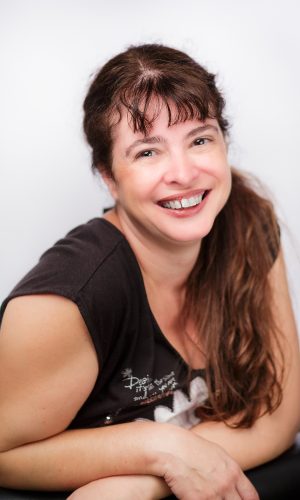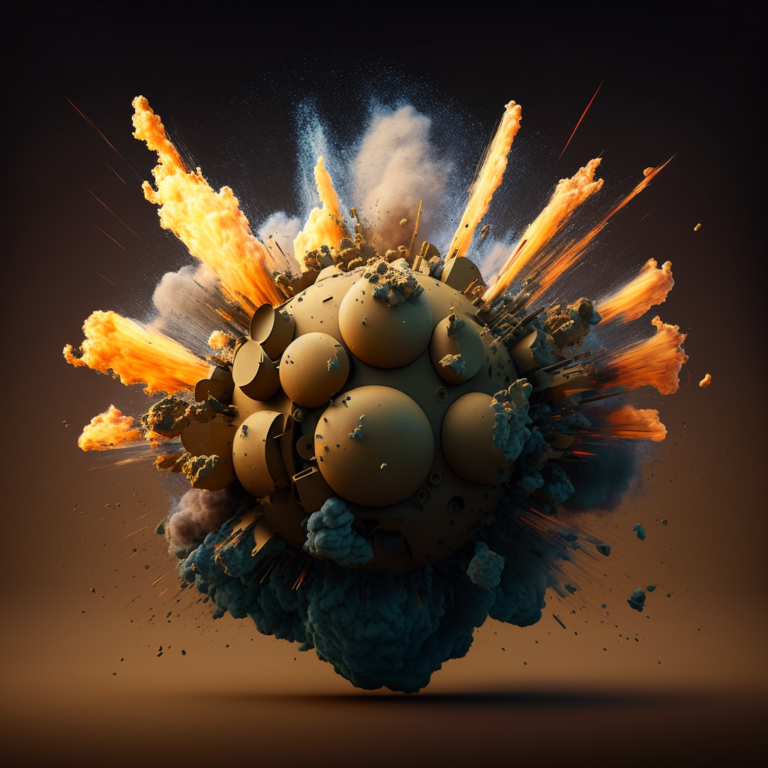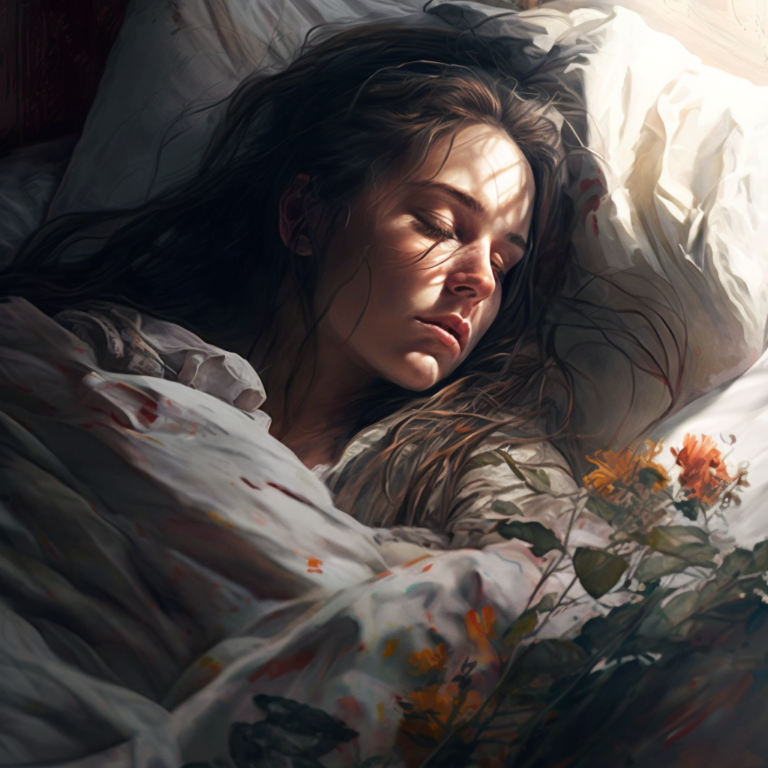The Blood System
The blood that circulates in our arteries and veins convey oxygen and nutrients throughout our body and is also used as a garbage collector service that rids the body of its toxins and waste. Blood circulation is our body’s main vibratory source as well.
One day, a phlebologist told me that I had a lazy venous system; I prefer to think it’s a contemplative one and that my blood likes slow rides along my arteries better than a mad dash throughout my body. This physiological reality is linked to the fact that, on my father’s side of the family, we have a heart that beats very slowly and, consequently, a very low blood pressure. I’ve read many times that it’s a sign of longevity, which seems to have been the case with my grandparents, but, for me, it mostly involves feet and ankles swelling when I’m standing or sitting for too long or when it’s hot and, women’s BFF, painful cellulite colonizing my thighs!
Over the years, I have fortunately found several remedies to relieve those issues:
• Red Vine tablets which I take twice a day throughout the year,
• 1000 mg Acerola vitamin C a day to preserve my veins and arteries from aging,
• Meadowsweet tablets (herbal aspirin) a few days a month, not too often because it gives me stomach aches, but it works wonders on cellulite!
Throughout the year, I work with my legs elevated and, when spring and summer come – like many of us, I tend to hibernate during winter – I walk and swim as regularly as possible.
For those who, like me, are interested in biological mechanics, i.e. the way our body works: our body circulatory system allows the blood to carry oxygen and nutrients to the different organs and cells and to rid them of their waste. Apart from the pulmonary system which works differently, the arteries carry oxygenated blood from the heart to the organs and the veins carry carbon dioxide from the organs to the heart. A parallel system of vessels transports lymph, produced by our lymph nodes, which contains our immune cells, i.e. our antibodies. Blood traveling through the circulatory system puts pressure on the arteries and veins walls. Blood pressure is the result of blood force/speed flow generated by the pumping of the heart and the resistance of the blood vessel walls. When the heart contracts, it pumps blood out into the arteries. The blood exerts a pressure against the vessels walls and circulates faster due to its high pressure. When the ventricles – heart doors – relax, the vessels walls resist this decrease in force, causing the blood to slow down.
Certain substances like tobacco deprive our blood, and consequently all of our organs, of oxygen and damage our veins, making them thicker thus allowing less blood to pass through; this induces a raise of our blood pressure since, for the same blood quantity expelled from the heart, the tunnel to receive it is narrower. The same goes for various fats and sugar that our body cannot assimilate if they are ingested in too large quantities and which can, over time, create blockages or reduce blood passage space by adhering to arterial walls or vein tunnels. These substances can also damage or clog the valves in our heart that serve as entry and exit gates for blood.
Blood circulates in a closed circuit and, like skin cells, self-regenerates. Nevertheless, for women, part of the blood is automatically renewed each month thanks to their menstrual cycle. As men and post menopause women are concerned, blood remains in closed circuit and is less regularly renewed. To overcome this matter while performing an altruistic gesture, donating blood several times a year not only saves lives but improves our body health by renewing its hemoglobin.
As our heart is a muscle, regular physical exercise helps it to stay fit because it maintains high pumping ability. In addition, sport stimulates blood circulation throughout the body, allowing it to eliminate waste more easily and to better oxygenate the organs for optimal functioning. In addition, our body is also forced to draw on its storage fat while muscles grow and expand which, done regularly, allows us to better hold our skeleton together and thus reduce bone and joint pains.
Finally, physical exercise, as well as meditation, allows a deeper way of breathing and, if endurance is required like in jogging or swimming, it allows endorphin secretions, also called the hormone of happiness because it induces a mechanical relaxation of the body and a well-being feeling. This also helps fight stress that causes damages to the venous system by releasing oxidizing and deteriorating substances.
Understanding how our body works allows us to best support it in its daily tasks and to more easily determine what is not working properly. Moreover, if we do not consider physical exercise as a constraint but as a gesture of love towards our body, it quickly becomes a source of pride and fulfillment, rather than a constraint, which brings an additional happiness input in our life . Once again here, it is the way we look at things that allows us to take better care of ourselves.

You need guidance ?
I am here for you.


